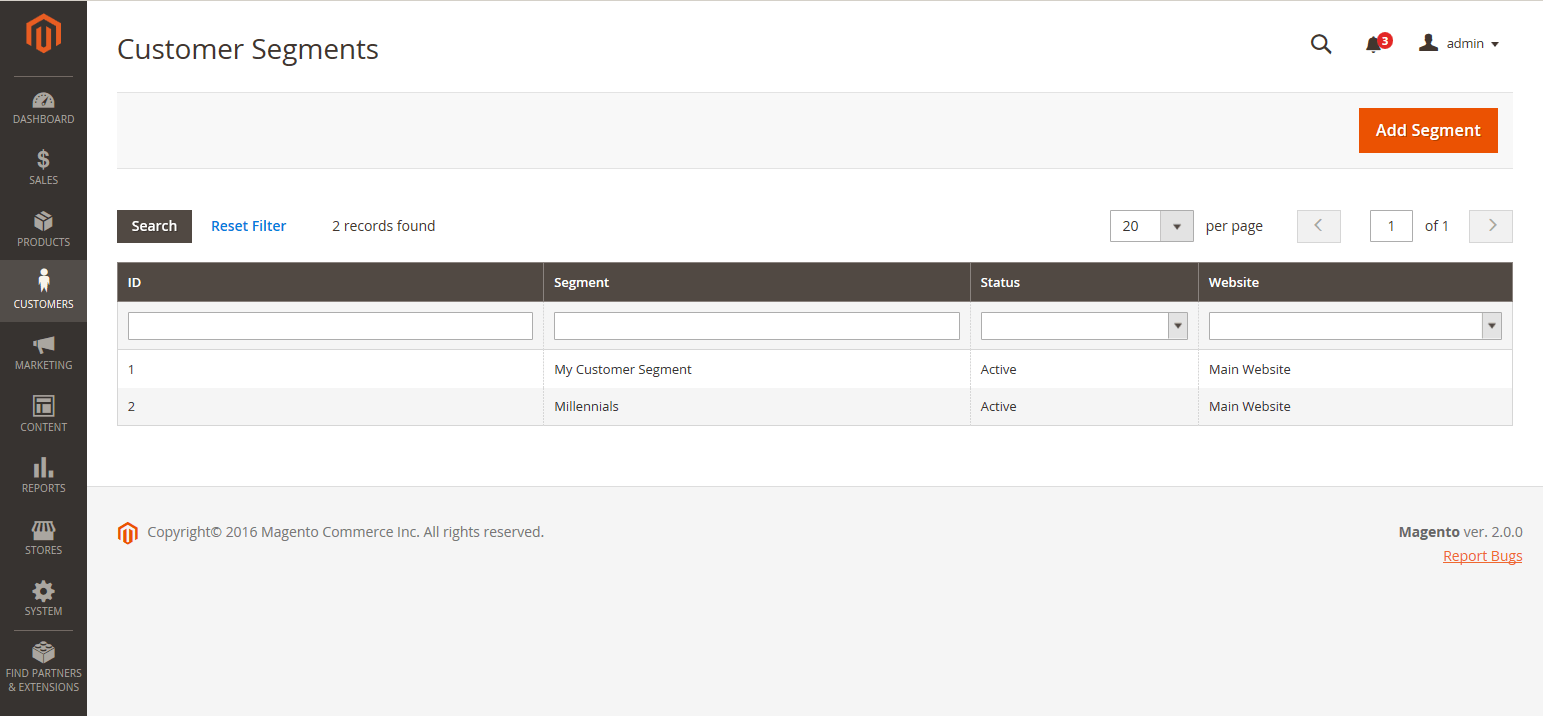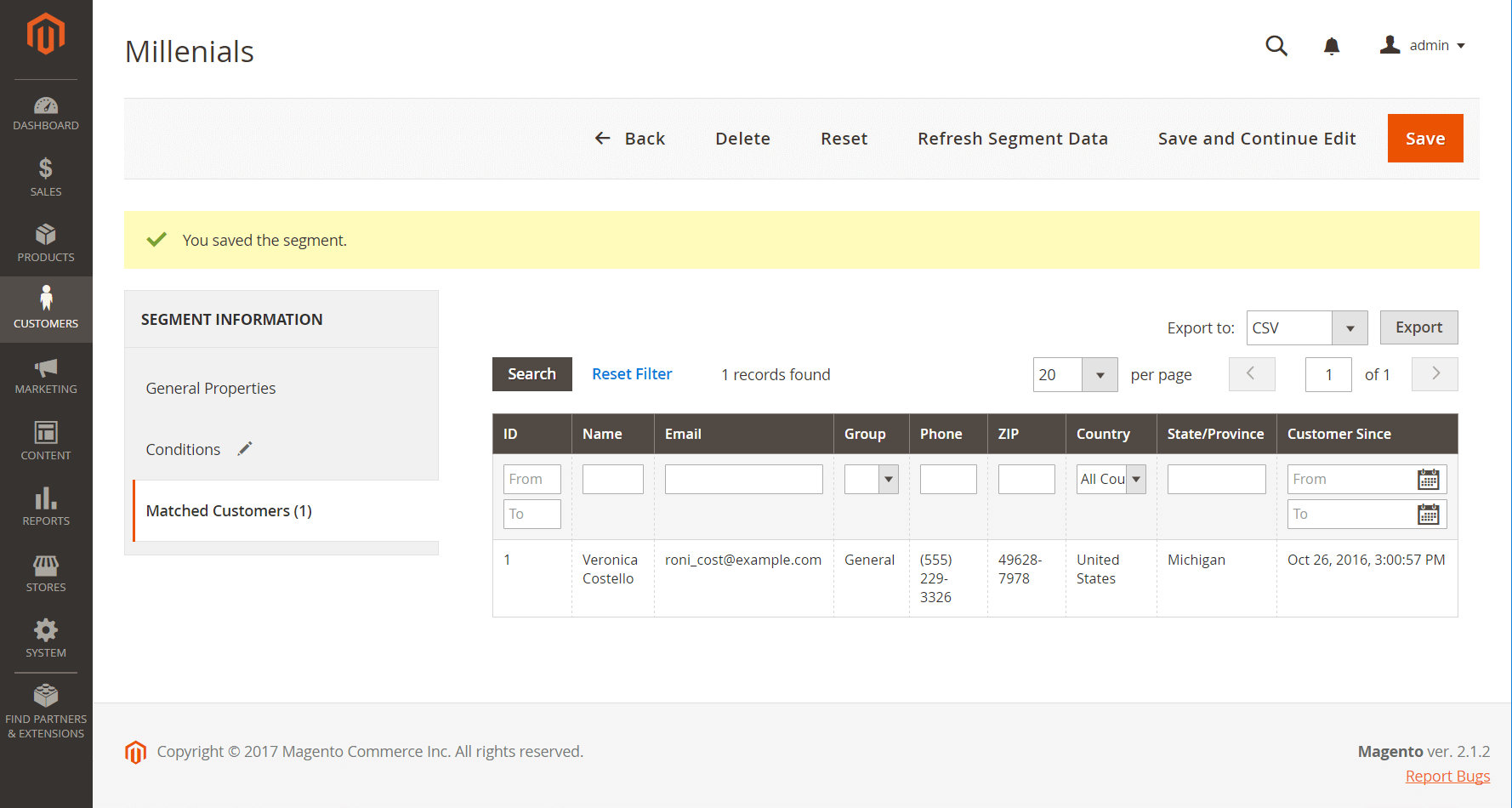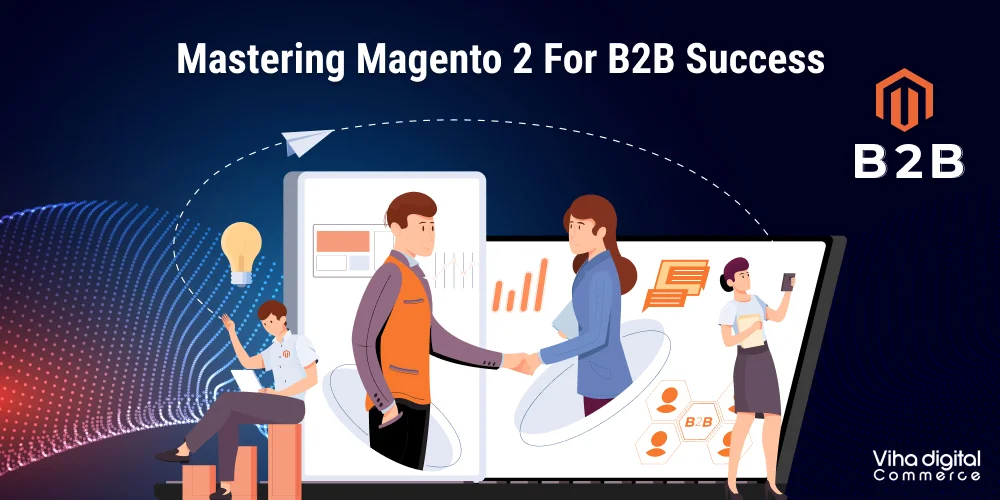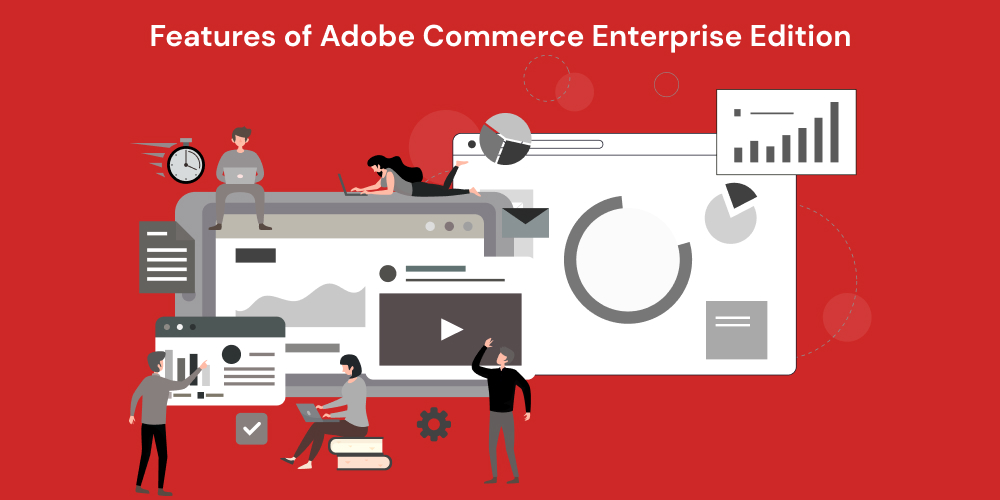How Magento Enterprise Customer Segmentation Tool Can Be Your Growth Partner?

Thousands of customers visit an online store to buy, to check out the products or offers available, or may visit the eCommerce website for any other reason. Understanding the customer shopping behaviour and shopping psychology of customers is very much crucial for any business whether it’s B2C or B2B or any other business model. Customer segmentation divides the customer base into groups based on similarities among them and enables merchants to target specific segments of products to specific audiences. The goal of customer segmentation is to decide which strategy applies to customers in-large and provide customers with maximum available services.Understanding and interpreting your customer and clients is the foremost aspect one needs to understand for a successful business, it was easy to segment your customer when you interact with them in your shop, showroom, or office as it’s a personal transaction that happens, but how it’s possible for an online store or an eCommerce industry?
Well, to understand your customer’s shopping behavior and to elevate your sales and conversions by understanding their shopping emotions and shopping psychology, Magento Enterprise has an effective smart tool that helps in customer segmentation and personalization of customer category to give them a personalized shopping experience that will help in increase your website revenue.
Why Customer Segmentation Is Important?
Magento Enterprise Customer Segmentation allows the eCommerce platform to analyze the customer base and categorize them into different segments as per their shopping history, demographics, the items they viewed, their shopping behavior, shopping cart content, segmentation of brands and products as per their shopping behavior and more aspects.
Customer segmentation and personalization are important for the business owners to blueprint their marketing tactics and analyze the business strategies they have implemented and to plan future business strategies and marketing campaigns as per the customer segmentation. As per the data available, segmented marketing campaigns yield effective results rather than non-segmented marketing campaigns.
How to Enable Customer Segmentation Tool by Magento Enterprise?
Magento Enterprise Customer Segmentation tool is easy to enable and customize as per the need of the user. Standard Magento Enterprise Development team follow the following steps to enable Customer Segmentation and personalization in Magento Enterprise,

Enable Customer Segments
- Navigate your cursor to the Admin sidebar, then go to Stores>Settings> Configuration
- Expand Customers and choose Customer Configuration, in the left panel
- Now, click the Customer Segment Section, to expand
- Set Enable Customer Segment Functionality to Yes

Adding a Customer Segment
- Go to Customer>Segments, on the Admin sidebar
- Click Add Segment, in the upper right corner
- Complete the segment information by entering Segment Name, Description, and Assigned Website where the customer segment can be used.
- Select the customer category you want to apply this segmentation setting,
Visitors and Registered Customer
Registered Customers
Visitors

Additional options are available to modify the settings in the left pane by clicking Save and Continue Edit
Defining The Conditions In Customer Segmentation
- In the left pane, click conditions,
The default condition begins, “if ALL of these conditions are True:”.

You can modify the segment if you want to target certain age segments of your customer base, on the basis of their date of birth.
Generate The List of Matched Customers
- In the left pane of your screen click Matched Customers to display all customers who match the condition,

2. After Completing the process, click Save
Now you can use this customer segment or customer categorization enabled by Magento Enterprise for targeting promotions, content, and mailings.
What Is Customer Segmentation?
As we discussed earlier, Magento Enterprise Customer Segmentation is the categorization of the customers into smaller groups with similar interests and priorities. The groups of customers can be formed perceiving certain aspects like interests and priorities. It can also be segmented based on,
- Demographic: Age, Gender, Location, etc.
- Geographic: Country, state, city, etc.
- Culture: Cultural Background
- Behavioural: Attitude, Knowledge, actions, etc
- Psychology: Interests, Attributes
- History: Shopping History, Abandoned Carts, Shopping Content, items-products clicked and viewed, etc.





